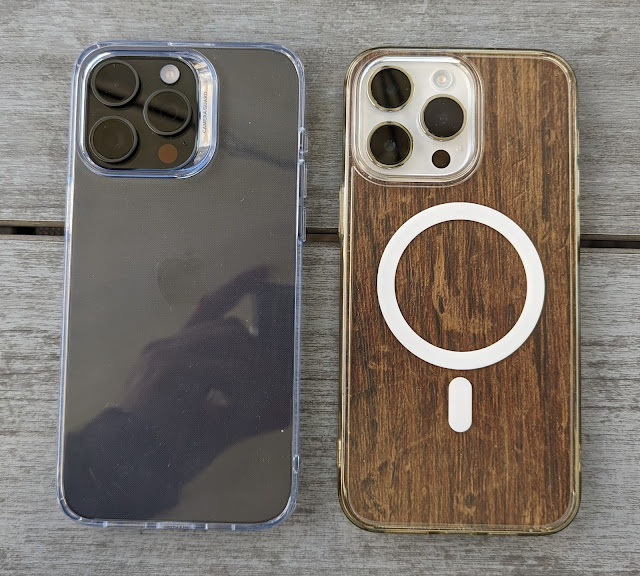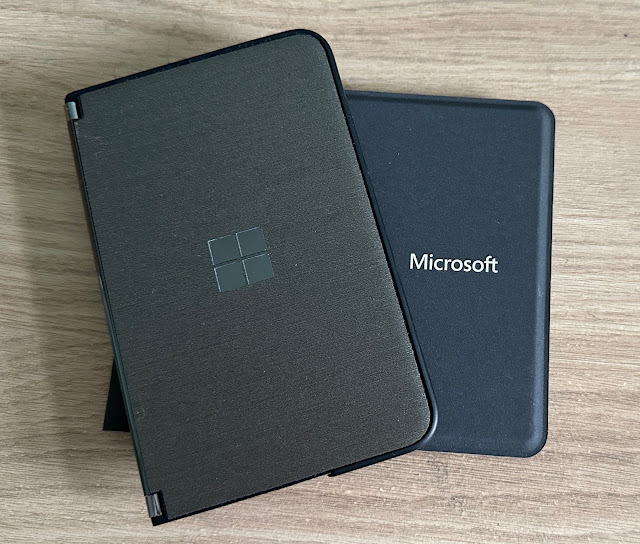The curse of the click track
Now, don't get me wrong, I'm not averse to technology, even within music - I'm a fan of electronica, think Klaus Schulze, think Jean Michel Jarre, even think modern trance. So I'm not against sequenced, synchronised music per se.
However, when it comes to rock music - you know, guitar, bass, and drums, I contend that it was the advent of the click track that heralded 'the end' of real music. With feeling, with excitement, with a sense that everything could go horribly wrong. Or right.
Which is partly why so much of the best rock music in history was recorded in the 1960s and - especially - the 1970s, with click tracks that drummers had to stick closely to coming in at the start of the 1980s.
The idea was that by playing along to click tracks (in headphones), the dummer would be forced to stick to a specific tempo and cadence, stopping any unwanted speeding up or slowing down, and - mostly - ensuring that keyboard parts and sequencers could be overlaid and still work with the rhythm.
You'd think that this would be a good thing, but it's actually very hard to do. As part of several bands in my life, I've seen drummers try and play along to click tracks and metronomes and it usually ends badly. Either they speed up and slow down again (to let the clicks catch up) or they utterly lose it.
As evidence, in the world of one of my favourite 1970's bands, Hawkwind, Simon King was lost to the music business when he was forced to play along to backing click tracks for the band's upcoming Levitation album. Being an organic drummer who generated his own feel and excitement (for example, in the video embedded at the end of this post), click tracks were utterly alien to him and he was told that he wasn't 'cutting it' and so left the band - and the industry, forever.
Just in time, as it turns out, for click tracks were everywhere, along with synthesisers and drum machines, in the 1980s. But I contend that it doesn't matter one jot - at least to me - whether a 6 minute rock epic ebbs and flows, whether it starts at 150 beats per minute (bpm), slows a little to 148bpm in the middle section, and then finishes with a gallop at 151bpm. In fact, the subtle tempo changes add to the interest and ambience, I think. Music is meant to be exciting - and having a 100.0% rock steady tempo throughout means one less thing to get excited by.
I've heard anecdotes about different 70s bands adapting to life in the 1980s, with similar issues. Now, I'm sure it's possible for modern drummers to play along to click tracks - it's all they've known in their lifetime - but it does mean that I have huge sympathy for drummers of rock's golden era struggling to stay appreciated in the studio from 1980 onwards.
Rock on, I say. And if there's a drum kit in the room then who the dickens needs a click track? Keeping everyone in time is the drummer's job. At whatever tempo he or she sees fit as a song progresses.
PS. If you like this feature and want to support my work then please do so here via PayPal. Thanks.




Comments